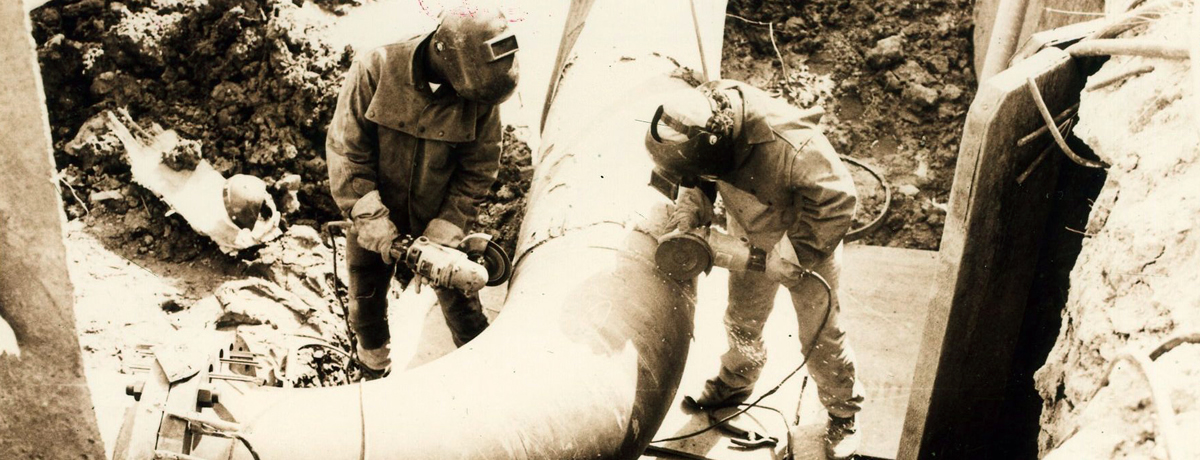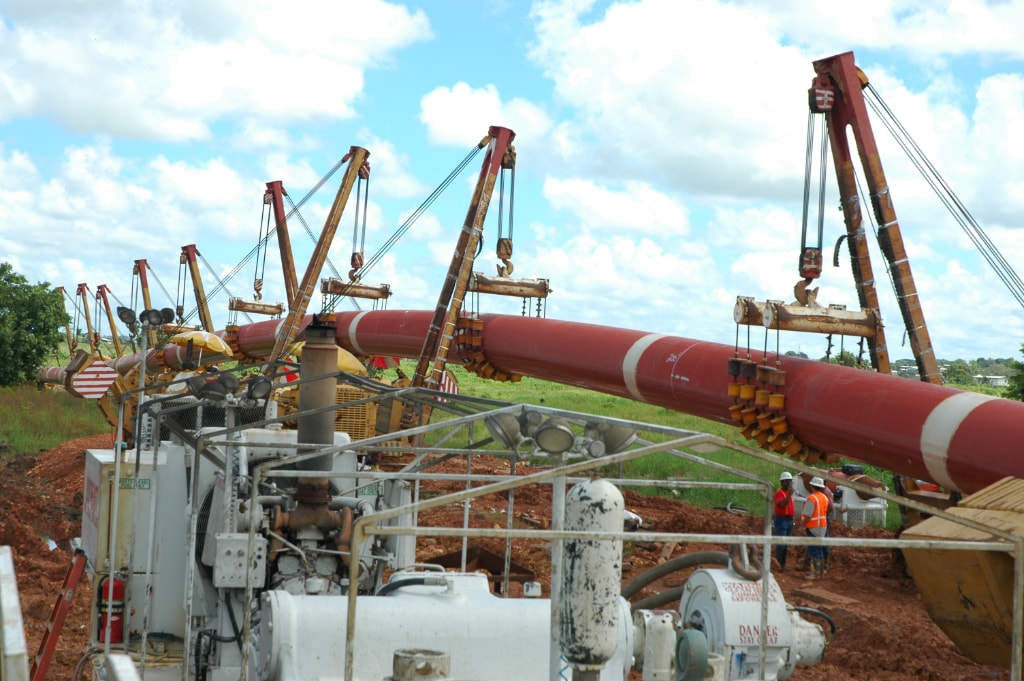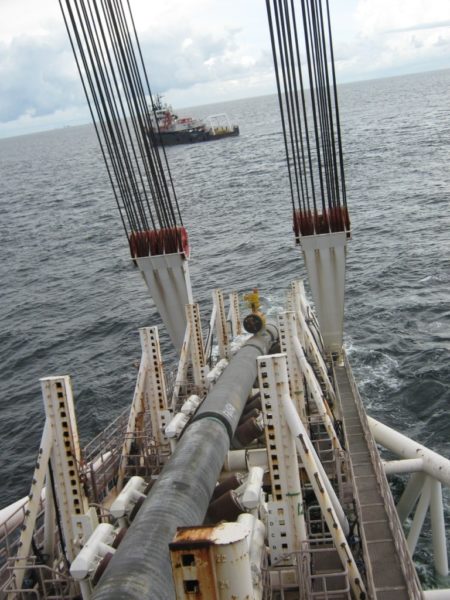
T&T’s Gas Model Success
New milestones In 2000, NGC finalised arrangements for the establishment of two further…..
New milestones
In 2000, NGC finalised arrangements for the establishment of two further LNG trains. The overwhelming success of this initiative and the natural gas story in Trinidad propelled the country on the world energy stage as other countries attempted to copy what was now termed the Trinidad gas model.
By its 25th year of operations, NGC had reached new milestones and extended its presence along every aspect of the natural gas value chain.
Among the achievements:
- Trinidad and Tobago became the world’s leading exporter of ammonia and methanol.
- Taken the leading role in the initiation of LNG and the promotion of a number of new steel technologies such as HBI and Iron Carbide.
- 25 years of uninterrupted profitability.
- Attainment of a peak level of gas sales, which increased from 570 MMscf/d in 1994 to 1 Bcf/d in 2000.
NEC expands
One of the major changes in the NGC Group in the new millennium was the realignment of business development activities being assigned to NEC which was given responsibilities for the development of new downstream opportunities in value added products.
This was in addition to NEC’s ongoing work on industrial site and port and marine infrastructure development at Union, La Brea and at Chatham, Cap de Ville where extensive civil and infrastructural works to support petrochemical, aluminium and other plants earmarked for the estates were well advanced.
 New projects, new vision
New projects, new vision
NGC, meanwhile, continued to fulfil its mandate of developing the gas-based industry by refocusing its energies as the sole transporter and merchant of natural gas.
In 2004, NGC transported and sold more than 1.3 Bcf (excluding gas transported for LNG) to over 30 heavy consumers and 100 small manufacturers. The share of natural gas in the total industrial energy demand in Trinidad and Tobago was over 90% and additional growth was anticipated in the future.
 In addition, NGC completed the Cross-Island Pipeline Project (CIPP) and Beachfield Upstream Development Project (BUD) involving the construction of 56-inch and 36-inch-diameter lines on land and in the marine environments respectively which increased the network to 767 km and capacity to 2.4 Bcf/d.
In addition, NGC completed the Cross-Island Pipeline Project (CIPP) and Beachfield Upstream Development Project (BUD) involving the construction of 56-inch and 36-inch-diameter lines on land and in the marine environments respectively which increased the network to 767 km and capacity to 2.4 Bcf/d.
A new subsidiary company – NGC E&P Investments Limited – was established to hold all of NGC’s upstream assets comprising:
- a 10% shareholding in the South East Coast Consortium (SECC)
- 20% shareholding in Trintomar
- 15% interest in Teak, Samaan and Poui (TSP) offshore.
- Subsidiary company – NGC NGL – 51% shareholding in Phoenix Park Gas Processors Limited (PPGPL) Phoenix Park Gas Processors Limited
- Subsidiary company – NGC LNG – a 10% shareholding in Train 1 and 11.1 % in Train 4.
NGC continued to expand and grow its reach by capitalising on investment opportunities that brought maximum returns to the Company in terms of an increase in profitability and assets, and creating shareholder value.
Recognising its critical role in expanding domestic production and exploiting new investment opportunities in external markets, NGC in 2009 adopted a new Vision Statement ‘to be a valued partner in the global energy business’ and Mission Statement ‘to create exceptional national value from natural gas and energy businesses’.
NGC engaged itself in major expansion projects domestically, in anticipation of continued industrial growth while pursuing opportunities with prospective investors who were attracted to NGC’s Trinidad Gas Model of Development and the Point Lisas success story.
Expansion projects included the construction of the North-Eastern Offshore (NEO) marine line, a Tobago pipeline, a liquid fuels pipeline and a Union Industrial Estate pipeline to increase the capacity of its transmission pipeline network, on land and offshore, to meet increased customer demand from new plants to come on stream and for any volumes that will be demanded in the future.